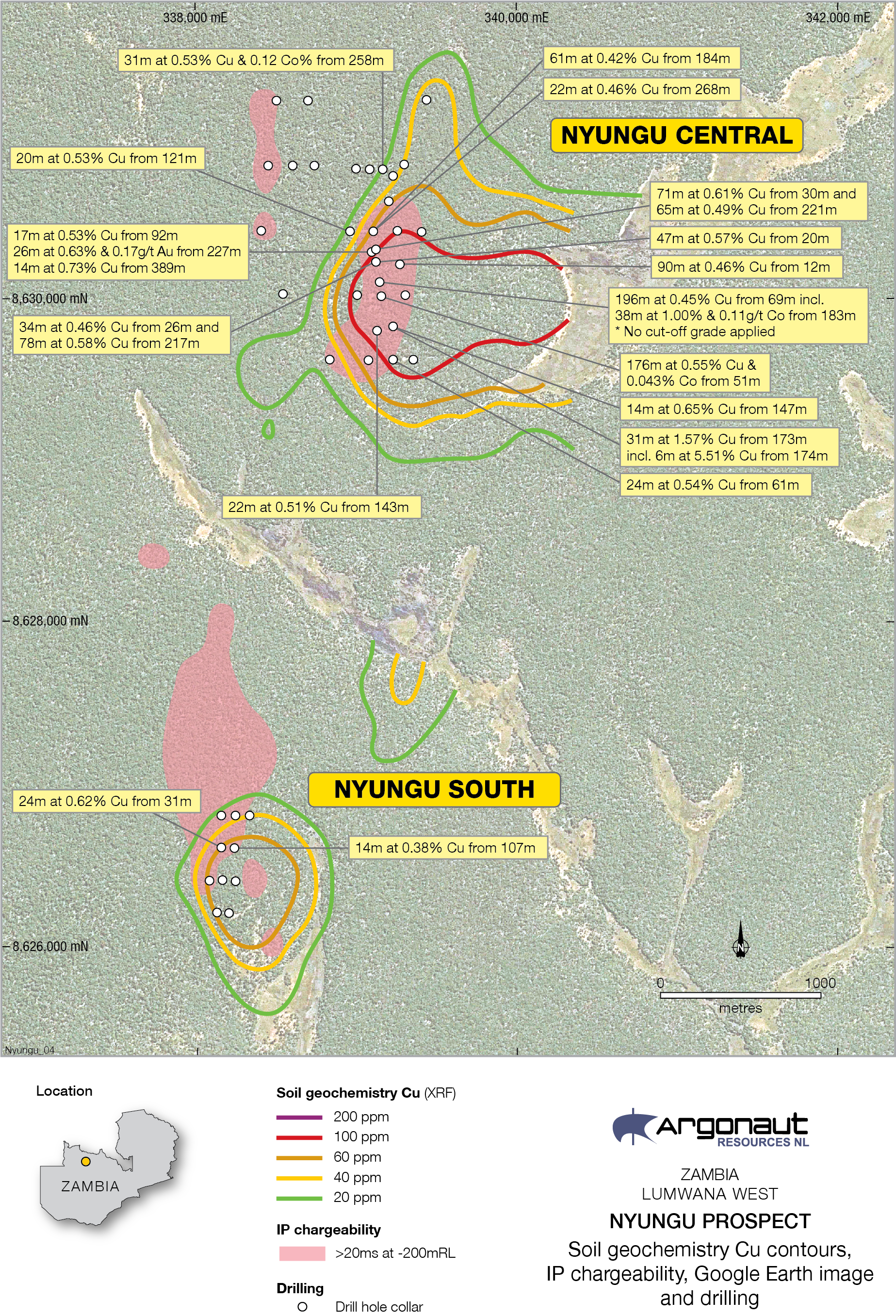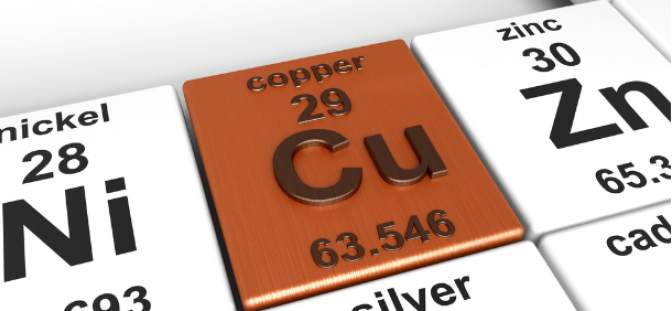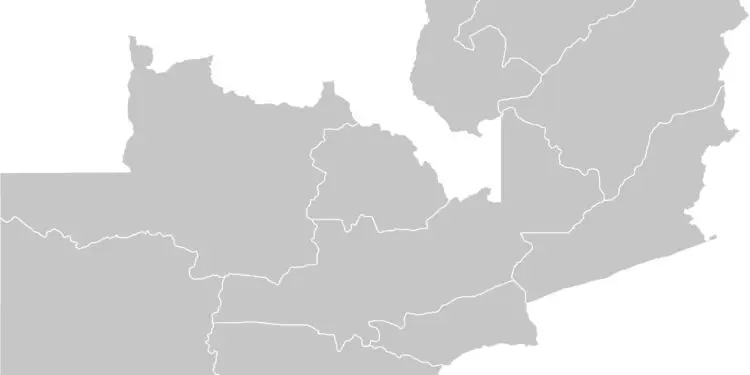
LUMWANA WEST
Welcome to WordPress. This is your first post. E The Lumwana West project is located in the Central African Copperbelt, North-Western Province, Zambia. The area is prospective for

Africa is home to some of the world’s largest lithium reserves and notably, Zimbabwe, Namibia, Ghana, the Democratic Republic of Congo and Mali have this resource in commercial quantities.
Lithium is a critical raw material required in the world’s transition to a green economy. The growing global demand for it in Electric Vehicle (EVs)manufacturing, renewable energy storage, and other applications has fuelled its worth. In 2022, its demand surged to 559,000 metric tons from 263,000 metric tons in 2019. These figures would balloon to about 1 million metric tons by 2025. Last year, the price of a tonne of lithium jumped over $78,000 from about $6,000 in 2020. The World Bank predicts that the demand for lithium will triple by 2040. However, despite Africa’s rich deposits, the resource has remained largely untapped due to a lack of investment in Africa.
But times are changing. Africa is slowly becoming one of the top investment spots for players in the EV ecosystem trying to have a sufficient grasp of the lithium resources for their utilization. Active lithium mining and exploration projects are soaring in different parts of the continent like Zimbabwe, Namibia, Mali, Ghana and the Democratic Republic of the Congo (DRC). However, these projects are still small relative to the number of projects developed in the Americas, Australia and Europe.
Here are some lithium projects in Africa that are underway. These projects have undergone several phases of exploration and development, including drilling, metallurgical testing, and feasibility studies.
Arcadia Lithium Project – Zimbabwe
In 2019, Zimbabwe set out an ambitious drive to more than quadruple the mining sector revenue by hauling minerals worth 12 billion U.S. dollars by 2023, and it is making giant strides to achieve this. Zimbabwe has the Arcadia Lithium Project, initially operated by Prospect Resources. It was recently sold to a subsidiary of China’s Zhejiang Huayou Cobalt, one of the world’s major producers of cobalt for $422 million.
The Arcadia lithium project, located near Harare, Zimbabwe, is considered one of the world’s biggest hard rock lithium resources and is estimated to have a mine life of 12 years. The lithium mine is to have a construction plant with a processing capacity of 4.5 million tonnes of ore and a production capacity of 400,00 tonnes of lithium concentrate per year. As of October 2021, the Arcadia project had 15.8 million tonnes of measured lithium resources and 11.8 million tonnes of proven lithium reserves. Construction of the full processing plant at the mining site is already at an advanced stage.
Ewoyaa Lithium Project – Ghana
The Ewoyaa lithium project, developed by Atlantic Lithium, a lithium exploration and development company based in Australia is expected to be the first lithium-producing mine in Ghana, West Africa. The project has an estimated mineral resource of 14.5 million tonnes at a grade of 1.31% lithium oxide, a two million tonnes per annum (Mtpa) spodumene mining operation over 12.5 years of mine life, with an initial capital investment of $125m.
According to Atlantic Lithium’s latest mineral resource estimate for the project, the lithium deposit in the area is up to 30.1 million tons grading at .26% lithium oxide. The project, which has 12.5 years of mine life, is expected to produce two million tons of lithium annually. Ghana will generate an estimated $4.8 billion within this period. The Ewoyaa lithium mine is expected to commence production in 2024.
Bougouni Lithium Project – Mali
The Bougouni Lithium Project is an early-stage lithium exploration project in southern Mali. It is operated by UK-based lithium exploration and development company Kodal Minerals focused on lithium and gold assets in West Africa. The project is situated within the Birimian Greenstone Belt, which is known to host several gold deposits and other minerals such as lithium, bauxite, and nickel.
The project has an estimated mineral resource of 17.9 million tonnes at a grade of 1.48% lithium oxide, making it one of the largest lithium deposits in Africa. The Bougouni Lithium Project is expected to contribute to the diversification of the Malian economy, which is currently heavily dependent on gold and other minerals.
The capital requirement for development is estimated to be $154M plus contingency for a life of mine (LOM) of 8.5 years, and an annual production of 220,000 tonnes (t) of 6% grade spodumene concentrate. In January, the company announced it got a conditional funding package of US$117.75 million which will provide full financing for the development and commencement of the Bougouni lithium project.
Manono Lithium Project – Democratic Republic of Congo
The Manono Lithium Project is a significant lithium deposit located in the Democratic Republic of Congo (DRC) in Central Africa being developed by AVZ Minerals, an Australian mining company.
It is estimated to be one of the largest lithium-rich LCT (lithium, caesium, tantalum) pegmatite deposits in the world. The project hosts a 401 million-tonne resource at 1.65% lithium oxide and an exploration target of up to 1.2 billion tonnes.
The project development will require an estimated capital investment of approximately $545.5 million for a mining life of 20 years. The project is also expected to produce 700,000tpa of high-grade lithium material per annum.
Kaduna lithium project – Nigeria
The Kaduna Lithium project, the first of its kind in the country is being developed by China’s Ming Xin Mineral Separation Nig Ltd. (MXMS) with a plan to manufacture batteries for electric vehicles (EVs).
According to Kaduna State’s mining company, the plant is being built on 9.3 hectares of land and it is planned for commissioning in April 2023.
Largely, Sub-Saharan Africa’s potential to be a major lithium production hub globally is becoming evident. And since Africa has a reasonable deposit of this valuable resource, it can leverage it to accelerate socio-economic development and transition into a green economy.
This awareness has spurred the buzzword ‘beneficiation’ in the African mining discourse, which proposes that African countries should first add value to their own minerals instead of just exporting raw materials and earning relatively little for it – as they have predominantly done historically and even in the present age. They should process and sell the products globally at much higher prices and use the revenue to expedite their economic growth. A country like Nigeria must have caught the bug when it rejected Tesla Inc’s request to mine lithium unless the company situates a battery-making factory in the West African nation so as to retain value along the global processing chain of lithium.
Generally, it is important that as Africa starts to thrive in lithium exploration, it must be developed in a sustainable and responsible manner, taking into account the social and environmental impacts of mining activities.

Welcome to WordPress. This is your first post. E The Lumwana West project is located in the Central African Copperbelt, North-Western Province, Zambia. The area is prospective for


Argonaut Resources NL (ASX: ARE) has defined a potentially significant eastern extension to the Nyungu copper-cobalt deposit, Nyungu East, has been defined by an intense copper in soil anomaly from
Dahan Logistics Co.,Ltd